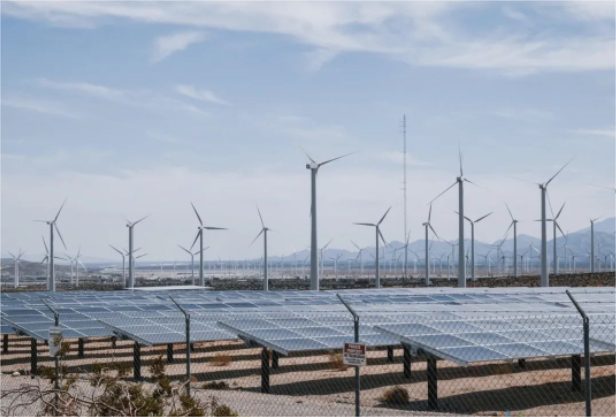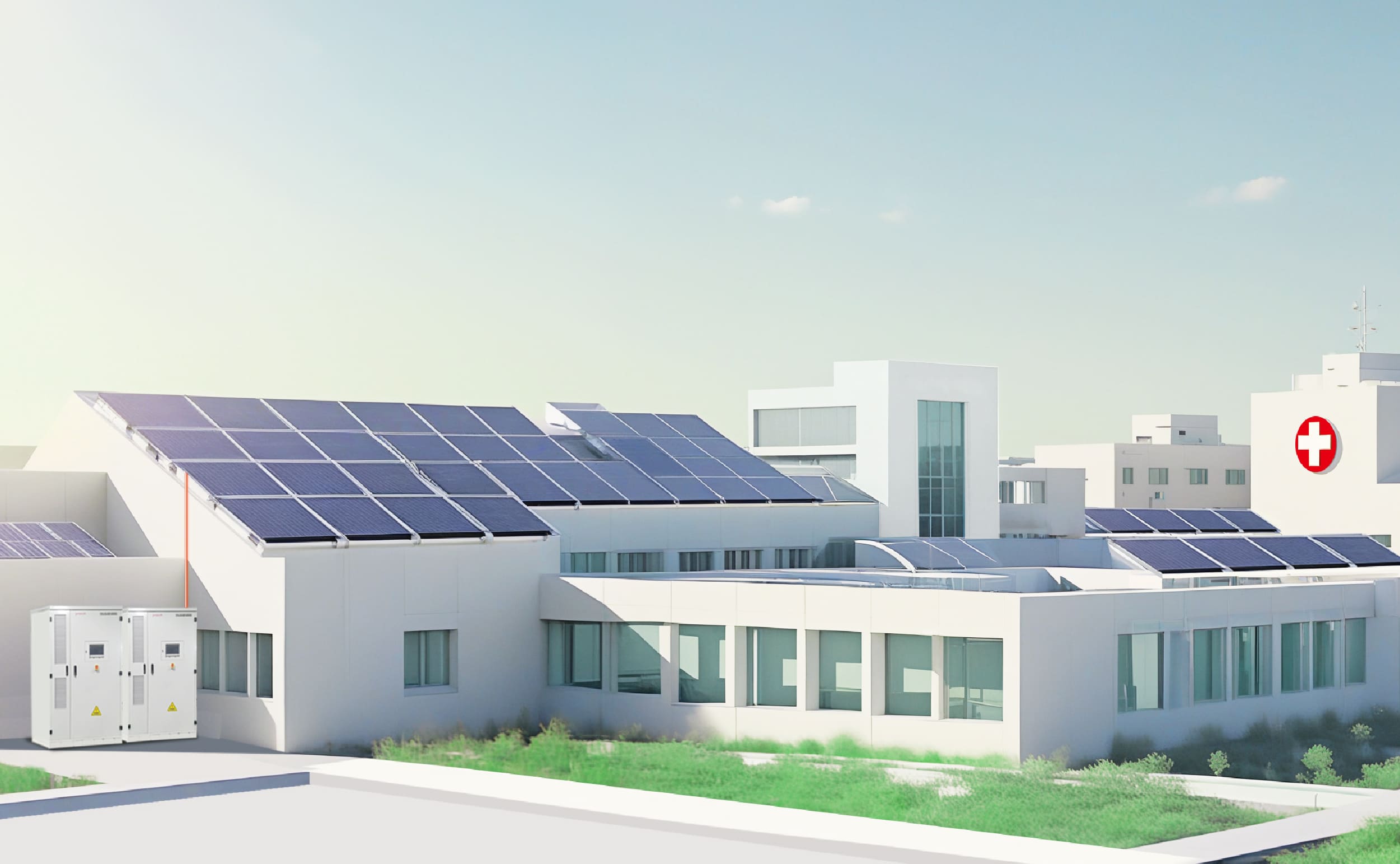 Este artículo te enseñará sobre energías renovables.
Este artículo te enseñará sobre energías renovables.
Sep 16, 2024
En los últimos años, con la creciente conciencia sobre el cambio climático, la comunidad internacional ha buscado activamente lograr una situación beneficiosa para todos entre la economía y el medio ambiente para reducir la contaminación ambiental y las emisiones de carbono. En este contexto, las energías renovables se han convertido en una solución energética sostenible, incluidas la fotovoltaica, la energía eólica, la hidroeléctrica, la geotermia y la biomasa. En comparación con los recursos limitados y no renovables, como los combustibles fósiles y el carbón, la naturaleza produce continuamente energía renovable y su tasa de reposición es mucho mayor que la tasa de consumo, lo que es más respetuoso con el medio ambiente. Por lo tanto, la energía renovable se ha convertido en un foco de atención de la sociedad actual y varios países la consideran un importante proyecto de desarrollo de reducción de carbono. Una de las fuentes de energía renovables más conocidas es la fotovoltaica. La energía fotovoltaica utiliza paneles fotovoltaicos para capturarla y luego convertirla en energía eléctrica. En los últimos años, el precio de los paneles fotovoltaicos ha seguido bajando y la madurez técnica ha seguido mejorando, lo que hace que los sistemas de generación de energía fotovoltaica sean cada vez más accesibles y puedan utilizarse para alimentar hogares, empresas e incluso comunidades enteras. Otra fuente de energía renovable común es la energía eólica. Al instalar turbinas eólicas, la energía eólica hace que las palas giren para generar energía cinética, que luego se convierte en electricidad. La energía eólica es ampliamente favorecida en la industria energética mundial. Con el avance de la tecnología y la realización de economías de escala, el costo de la energía eólica ha disminuido gradualmente. Muchos países y regiones han podido producir energía eólica a precios competitivos, lo que hace que la generación de energía eólica sea una opción energética rentable. Además, los recursos eólicos están ampliamente distribuidos en todo el mundo y pueden desarrollarse en muchas regiones, lo que puede ayudar a los países no mineros a reducir su dependencia de la energía importada y aumentar la estabilidad del suministro energético. Además, las energías renovables también incluyen la energía de biomasa y la energía geotérmica. La energía de la biomasa se obtiene de desechos vegetales y animales, como la quema de madera para generar calor. La energía geotérmica convierte el calor geotérmico en energía mecánica y luego convierte la energía mecánica en energía eléctrica. En general, la energía renovable tiene un impacto importante para lograr la transformación energética y mitigar el cambio climático, al mismo tiempo que crea un futuro sostenible. Con el avance continuo de la tecnología, el apoyo a las políticas y la promoción del mercado, la energía renovable continuará desarrollándose rápidamente y se convertirá en una fuerza importante para dominar el futuro sistema energético global.
LEER MÁS

 Español
Español English
English Français
Français Deutsch
Deutsch Русский
Русский Italiano
Italiano Português
Português عربي
عربي 日语
日语 ไทย
ไทย





 IPv6 RED SOPORTADA
IPv6 RED SOPORTADA
